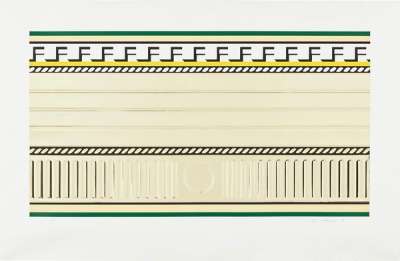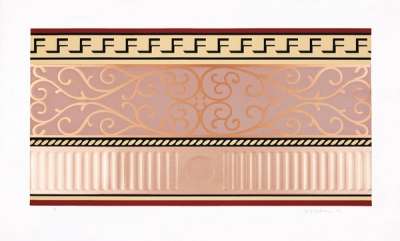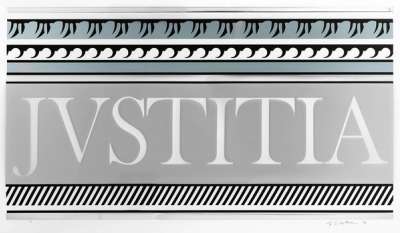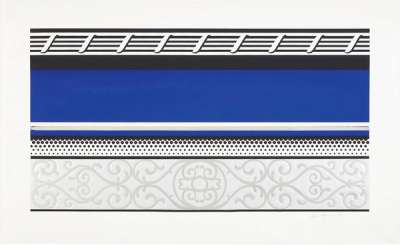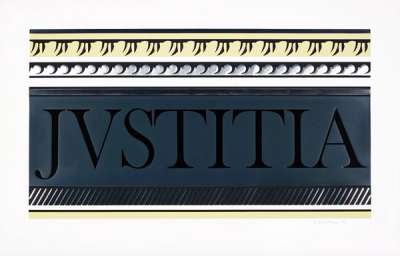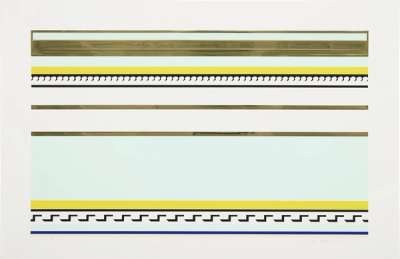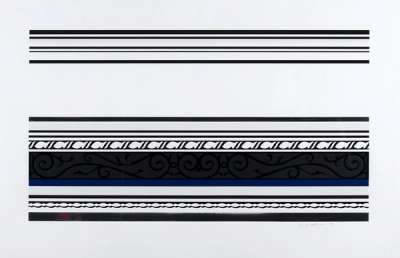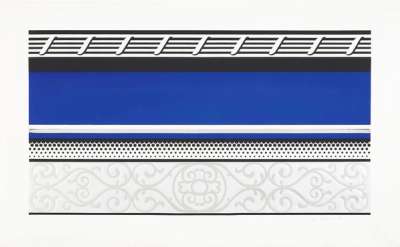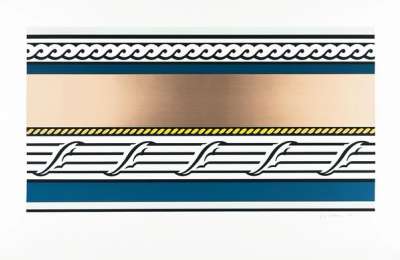
Entablature VIII
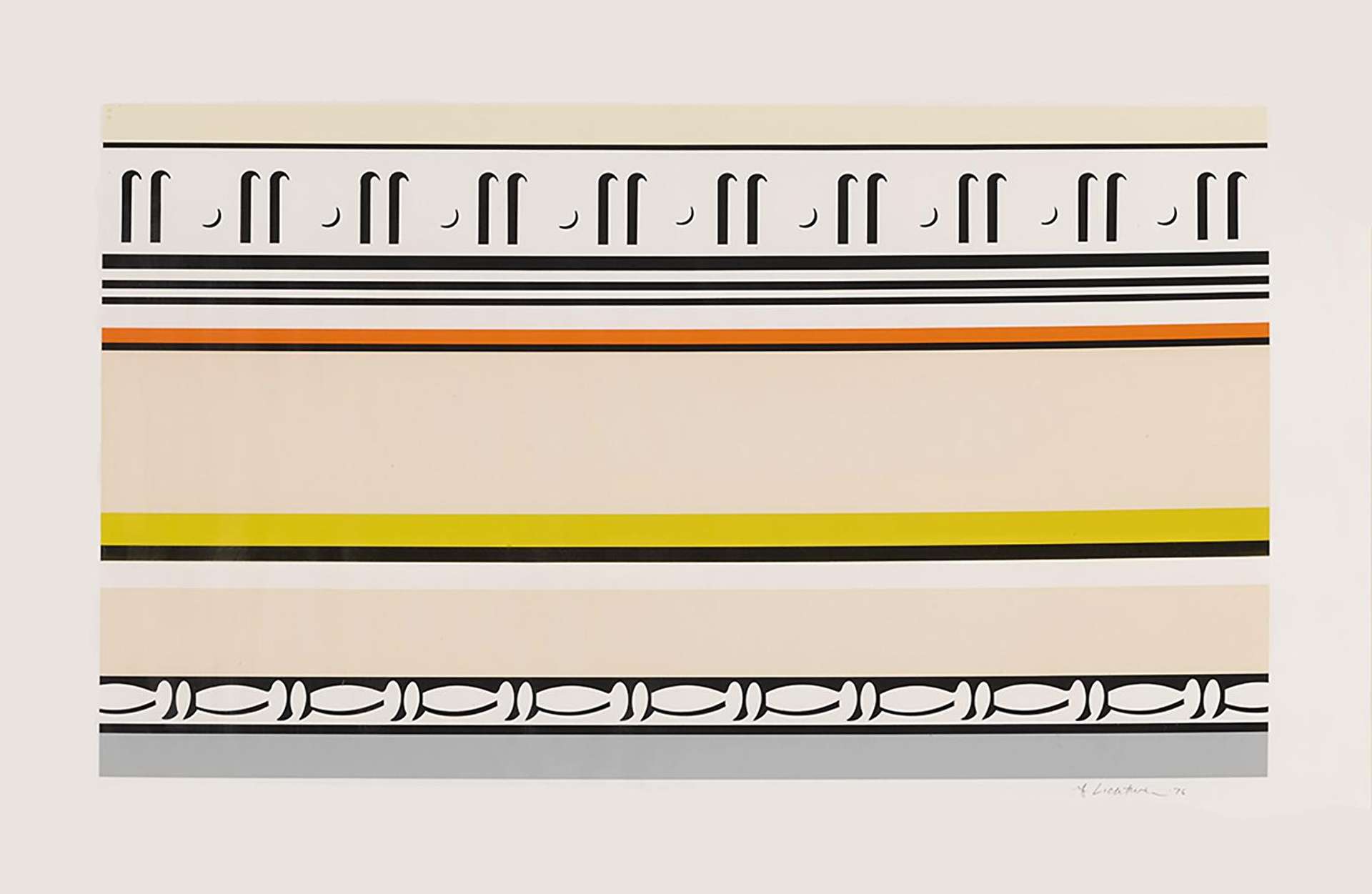
Entablature VIII
Signed Print
Roy Lichtenstein
£8,000-£12,000Value
Indicator
$16,000-$23,000 Value Indicator
$14,000-$21,000 Value Indicator
¥70,000-¥110,000 Value Indicator
€9,500-€14,000 Value Indicator
$80,000-$120,000 Value Indicator
¥1,520,000-¥2,280,000 Value Indicator
$10,000-$15,000 Value Indicator
AAGR (5 years) This estimate blends recent public auction records with our own private sale data and network demand.
There aren't enough data points on this work for a comprehensive result. Please speak to a specialist by making an enquiry.
Medium: Planographic print
Edition size: 30
Year: 1976
Size: H 56cm x W 97cm
Signed: Yes
Format: Signed Print
TradingFloor
MyPortfolio
Your collection tracked in real time.
Build your portfolio, manage valuations, view return against your collection and watch works you're looking for.
Track auction value trend
Auction Results
| Auction Date | Auction House | Artwork | Hammer Price | Return to Seller | Buyer Paid |
|---|---|---|---|---|---|
| March 2023 | Sotheby's New York - United States | Entablature VIII - Signed Print | |||
| April 2022 | Sotheby's New York - United States | Entablature VIII - Signed Print | |||
| March 2020 | Doyle New York - United States | Entablature VIII - Signed Print | |||
| April 2014 | Doyle New York - United States | Entablature VIII - Signed Print | |||
| November 2013 | Doyle New York - United States | Entablature VIII - Signed Print | |||
| May 2008 | Bonhams San Francisco - United States | Entablature VIII - Signed Print |
Meaning & Analysis
Roy Lichtenstein’s highly innovative Entablature series of the 1970s combines complex screen printed and lithographed areas, embossed with glossy and matte metal foils. This limited and signed edition of 30 prints presents a richly textured illusionistic play on 20th century American architecture.
Roy Lichtenstein’s Entablatures can be divided into his black-and-white paintings of 1971-72 and his artworks in colour created between 1974–76, accompanied by eleven prints. Both series were based on photographic source materials depicting institutional buildings around New York City, captured by the artist himself. The chosen architectural elements presented in the Entablature series provided the artist with ready-made designs, similar to his traditional comic strips and advertisements sources.
Lichtenstein took special interest in the horizontal structures that were placed atop columns in Classical Greek architecture, commonly referred to as entablatures. Based on historical sources, mainly of Greco-Roman and French Beaux-Arts descent, the facade ornaments selected by the artist are themselves appropriations. Lichtenstein’s Entablatures use these pointedly imitated and industrialised forms as their point of departure, rather than seeking out the origins of the reliefs.
In Entablature VIII, glossy gold, matte yellow and orange embossed areas are conjoined with flat black and white architectural patterns. The richly textured print presents flat abstract patterns in an increasingly graphic manner, giving the impression of the paper being adorned by actual raised reliefs. As is the case for all prints in this series, the horizontal flow of the ornamentation suggests an uninterrupted continuation of the pattern beyond the printed sheet.
